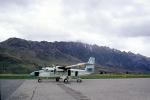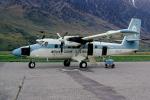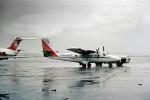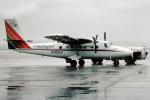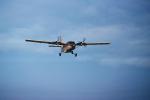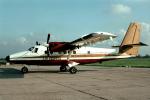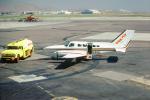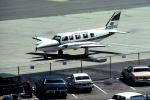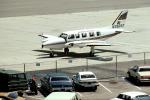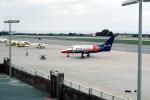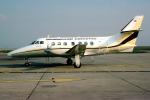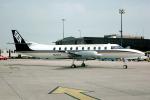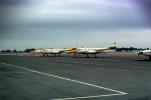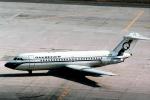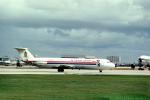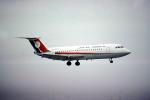Explore over 500,000 Images in my personal collection
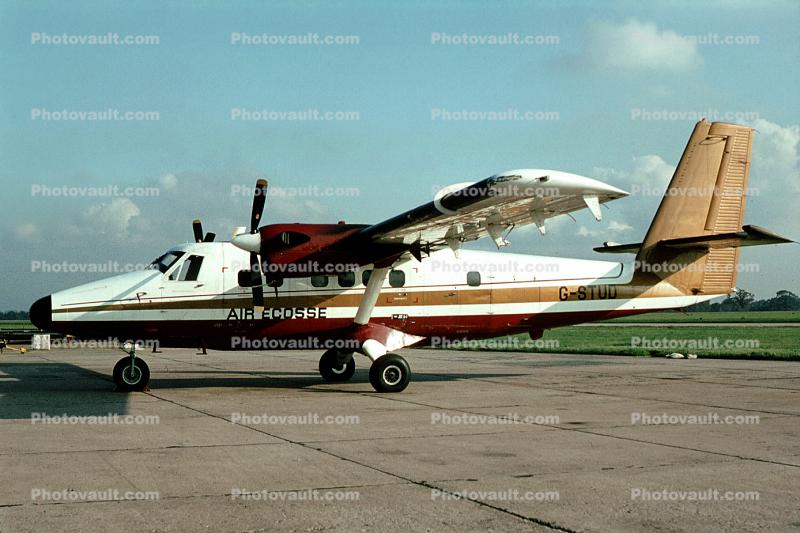
|
|

- Code Number:
- TAFV41P06_16
- Title:
- G-STUD, Air Ecosse, De Havilland Canada DHC-6-310, PT6A-27, October 1982, PT6A
- Built: 1977
CN: 545
Total airframe hrs: 7000
Engines: 2x Pratt & Whitney Canada PT6A-27
Written-off
Accident report:
Status: Final
Date: Wednesday 20 April 1983
Time: 12:00 UTC
Operator: Air Ecosse
Registration: G-STUD
Crew: Fatalities: 0 / Occupants: 2
Passengers: Fatalities: 0 / Occupants: 10
Total: Fatalities: 0 / Occupants: 12
Airplane damage: Damaged beyond repair
Location: Flotta Airport (FLH) ( United Kingdom)
Phase: Landing (LDG)
Nature: Domestic Non Scheduled Passenger
Departure airport: Aberdeen-Dyce Airport (ABZ/EGPD), United Kingdom
Destination airport: Flotta Airport (FLH), United Kingdom
Narrative:
Strong winds were reported at Flotta as the Twin Otter approached Orkney Island. The aircraft first contacted the airport at 11:56, and was informed that the surface wind was indicating 260deg/26 knots. The pilot accordingly elected to make a straight in approach to runway 35. The pilot preferred the cross-wind to come from his left-hand side, so that he could 'see' the left mainwheel onto the runway. The aircraft touched down left mainwheel first, then on the right mainwheel and, as the nosewheel touched, the commander selected reverse thrust from the propellers. As the aircraft touched down, the audible stall warning sounded momentarily. Shortly after reverse thrust from the propellers had been selected and achieved, the aircraft?s left wing started to rise. The captain applied full left wing down aileron and full left rudder, then cancelling reverse thrust from the right-hand propeller and increasing forward power on that engine. However, he was still unable to prevent the left wing from rising further. The right-hand wing-tip contacted the ground, the aircraft yawed to the right and then fell back momentarily onto the main wheels before ?cartwheeling? through an aerodrome boundary fence and coming to rest on its left side, with both wings detached.
PROBABLE CAUSE: "The accident was caused by a loss of control, shortly after touchdown, following a strong lateral gust which was in excess of the maximum cross-wind capability of the aircraft. The lack of accurate surface wind information at the runway threshold was a contributory factor."
Classification: Loss of control
Sources - investigating agency: Air Accidents Investigation Branch (AAIB) - United Kingdom - Keywords:
- Caption Disclaimer
Royalty Free: Calculate Price



